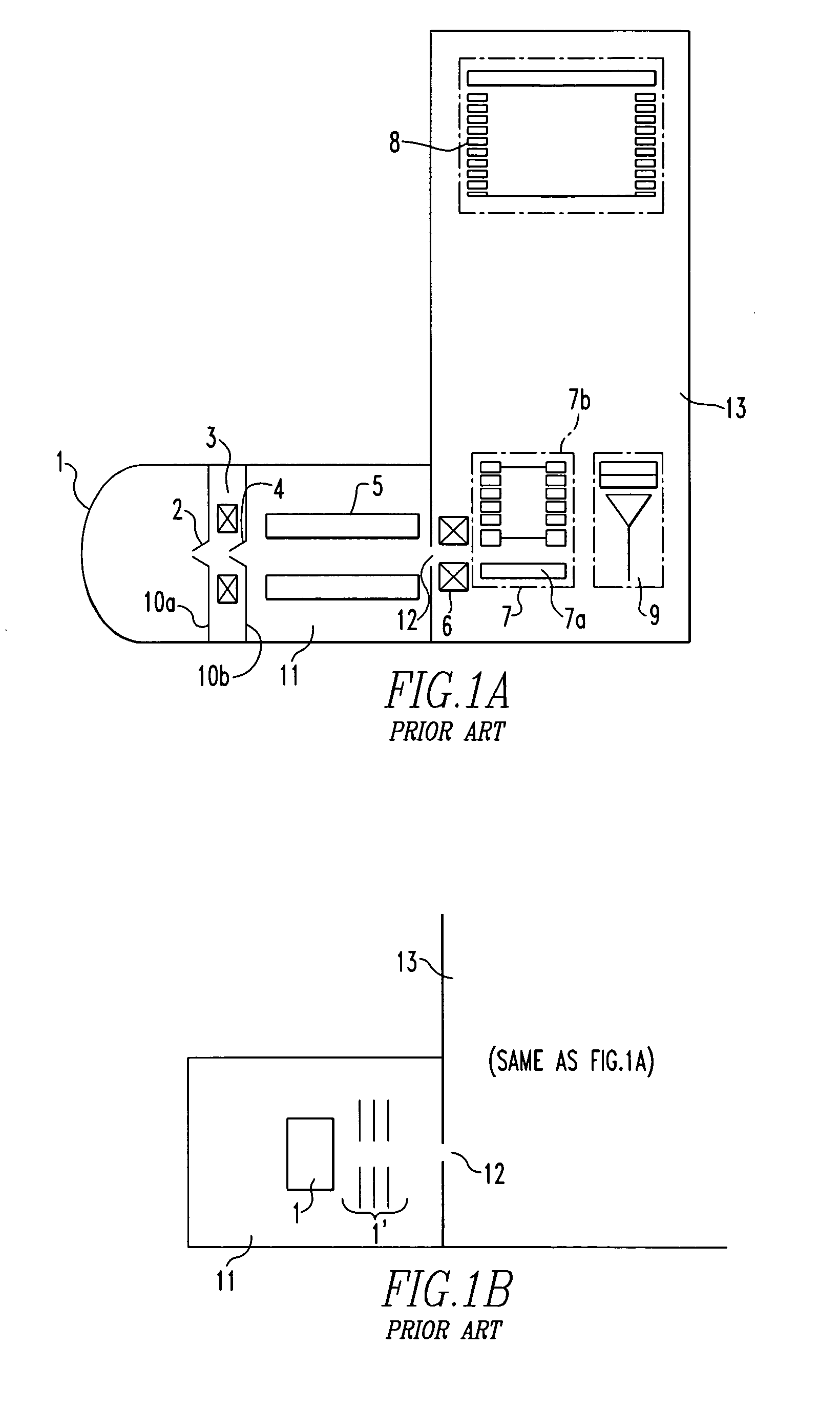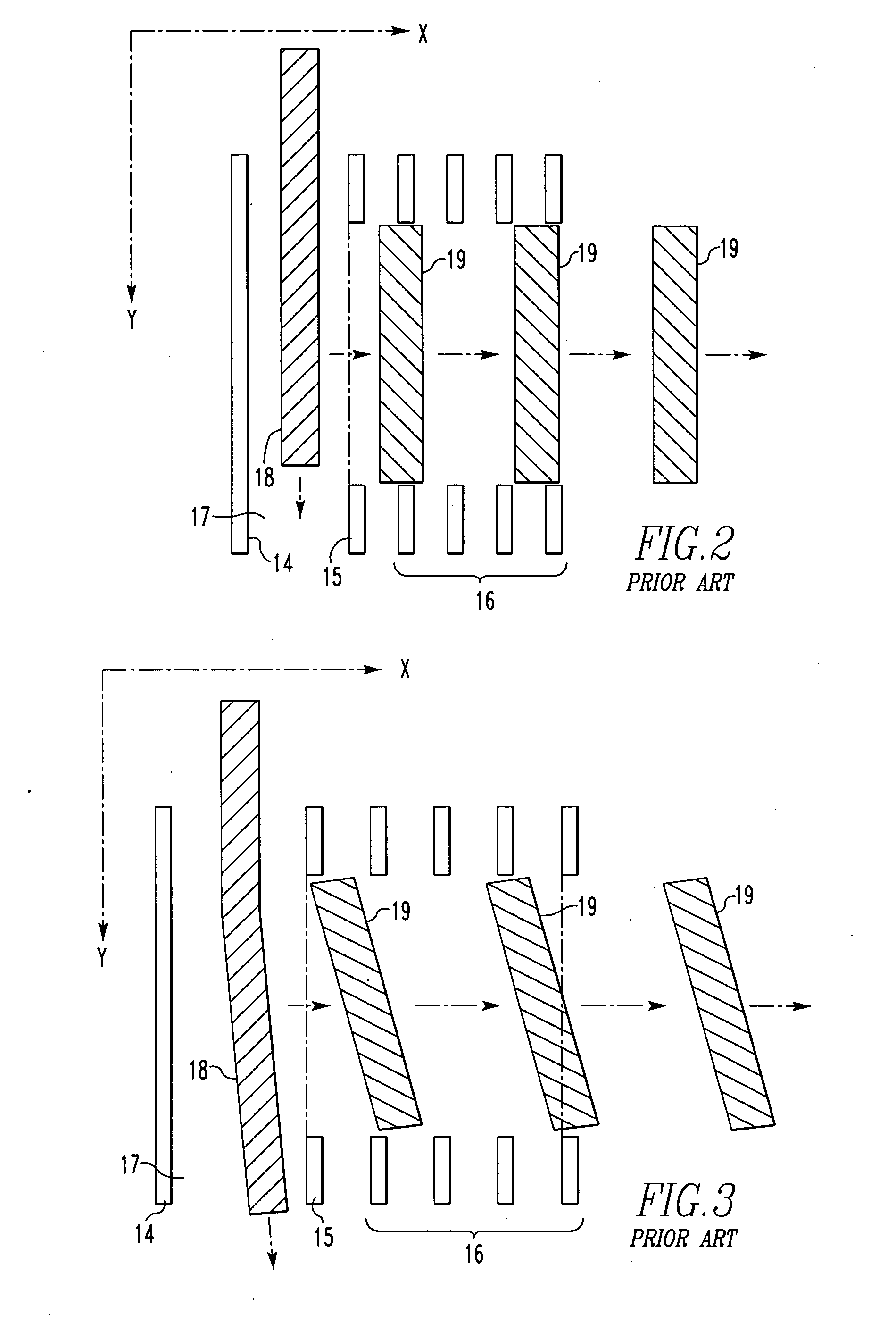Orthogonal acceleration time-of-flight mass spectrometer
a mass spectrometer and orbital acceleration technology, applied in mass spectrometers, separation processes, dispersed particle separation, etc., can solve the problems of deteriorating the resolution and sensitivity of oa-tofms, and the trajectory of the vacuum region on the side of the ion source is often contaminated, so as to achieve stable measurements
- Summary
- Abstract
- Description
- Claims
- Application Information
AI Technical Summary
Benefits of technology
Problems solved by technology
Method used
Image
Examples
Embodiment Construction
[0041] The preferred embodiments of the present invention are hereinafter described with reference to the accompanying drawings. FIG. 4 shows an orthogonal acceleration time-of-flight (oa-TOF) mass spectrometer according to one embodiment of the present invention. This instrument comprises an external continuous ion source 20 (such as an electrospray ionization (ESI) ion source (known as a cold-spray ion source) or ICP ion source which tends to be easily contaminated with a sample), an ion transport portion 21 having a degree of vacuum of about 10−1 to 10−4 Pa (more preferably, about 10−2 to 10−3 Pa) for transporting the ions created by the ion source 20 toward an oa-TOF mass analyzer 22 located behind the ion transport portion 21. The analyzer 22 is placed in a degree of vacuum of the order of 10−5 Pa or better. An ion guide (not shown) is installed in the ion transport portion 21 to transport the ions efficiently from the ion source 20 to the mass analyzer 22.
[0042] The ion trans...
PUM
 Login to View More
Login to View More Abstract
Description
Claims
Application Information
 Login to View More
Login to View More - R&D
- Intellectual Property
- Life Sciences
- Materials
- Tech Scout
- Unparalleled Data Quality
- Higher Quality Content
- 60% Fewer Hallucinations
Browse by: Latest US Patents, China's latest patents, Technical Efficacy Thesaurus, Application Domain, Technology Topic, Popular Technical Reports.
© 2025 PatSnap. All rights reserved.Legal|Privacy policy|Modern Slavery Act Transparency Statement|Sitemap|About US| Contact US: help@patsnap.com



